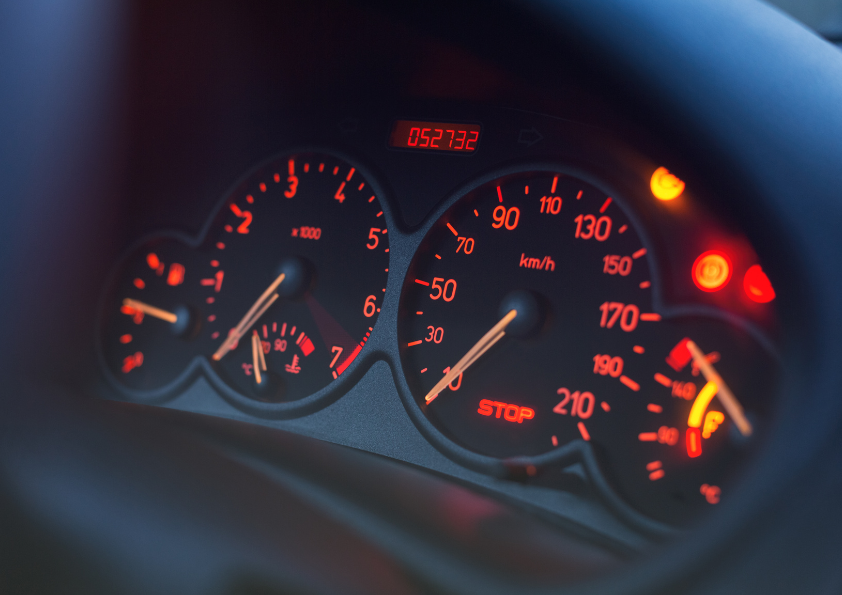Have you ever been driving along, minding your own business, when suddenly a mysterious warning light illuminates on your car’s dashboard? If you have, you’re not alone. Many drivers have experienced this moment of uncertainty, wondering what that little symbol means and whether it’s something to be concerned about. In this guide, we will shed light on some common car warning lights and their significance, and why you should address issues promptly with a mechanic.
Check Engine Light:
Significance: This is perhaps the most notorious of all dashboard lights. It typically signifies a problem with your car’s engine or emission control system. While it might be a minor issue, ignoring it can lead to more significant problems.
Action: It’s best to have your car’s engine checked by a mechanic as soon as possible to diagnose and resolve the issue.
Oil Pressure Light:
Significance: When this light comes on, it indicates low oil pressure, which can be detrimental to your engine’s health. Running your engine with low oil pressure can lead to costly repairs.
Action: Pull over immediately and check your oil levels. If they are low, top them up. If the light persists, consult a mechanic.
Battery Warning Light:
Significance: This light indicates a problem with your car’s charging system. If ignored, it can lead to a dead battery and a stranded vehicle.
Action: Seek professional assistance to diagnose the issue, as it could be related to the alternator or battery itself.
Brake System Warning Light:
Significance: This light suggests a problem with your car’s braking system, which is critical for your safety. Ignoring it can be extremely dangerous.
Action: Stop driving immediately and have your brakes inspected by a mechanic.
ABS (Anti-lock Braking System) Warning Light:
Significance: The ABS warning light indicates an issue with your car’s anti-lock braking system. While your standard brakes may still function, the ABS may not work correctly in case of a sudden stop.
Action: Get your ABS checked to ensure optimal safety while driving.
Tyre Pressure Monitoring System (TPMS) Light:
Significance: This light indicates that one or more of your tyres have low pressure, which can affect handling and fuel efficiency.
Action: Check your tyre pressure and inflate them to the recommended levels. If the light persists, there may be a puncture or leak that needs professional attention.
Coolant Temperature Warning Light:
Significance: An overheating engine can lead to severe damage. This light warns you if your engine is running too hot.
Action: Pull over, turn off the engine, and allow it to cool down. Check the coolant level, and if it’s low, top it up. If the problem persists, consult a mechanic.
Airbag Warning Light:
Significance: The airbag warning light indicates a problem with your car’s airbag system, which is essential for passenger safety in case of an accident.
Action: Have your airbag system inspected immediately to ensure it deploys as intended in case of a collision.
In conclusion, your dashboard car warning lights are not to be taken lightly. They are there to keep you safe and to alert you to potential issues with your vehicle. Ignoring these warning lights can lead to costly repairs and, in some cases, dangerous situations. It’s crucial to act promptly when a warning light appears, even if the issue seems minor at first.
Regular maintenance and timely visits to a mechanic can help prevent many of these issues from occurring in the first place. Remember, a well-maintained car ensures your safety and extends the life of your vehicle. So, the next time a car warning light appears on your dashboard, don’t ignore it. Address it promptly, and you’ll be back on the road with peace of mind.



